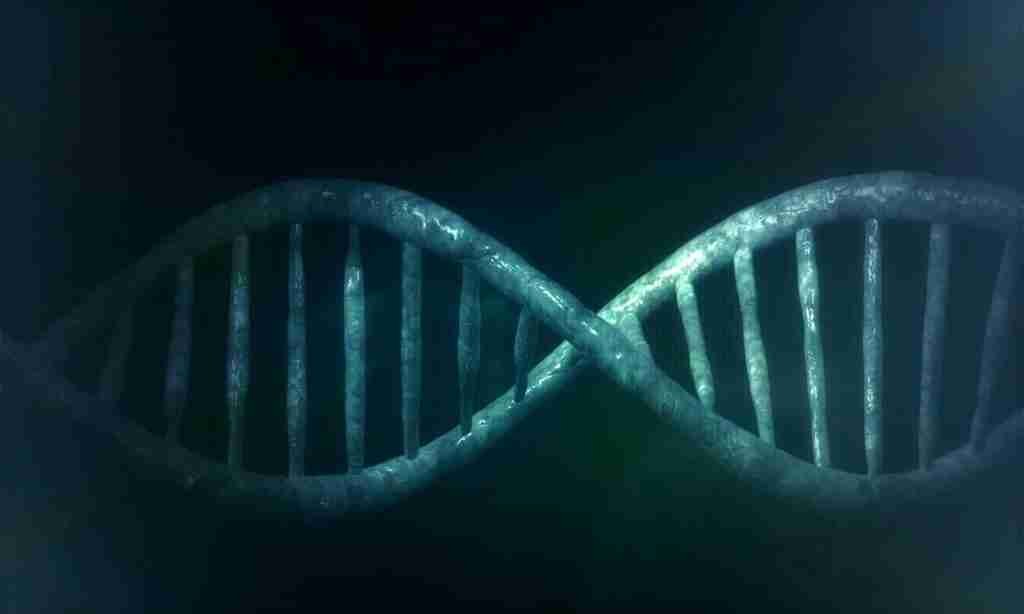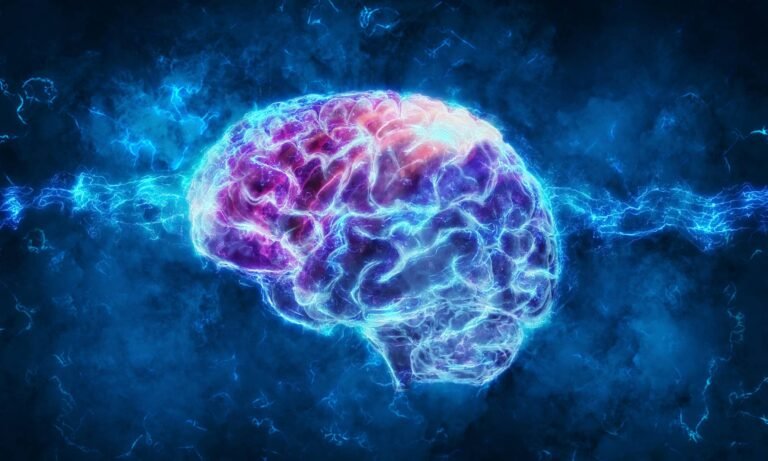The Cortical Homunculus is a distorted map of the human body based on brain areas for motor and sensory functions. Enlarged features like hands, lips, and face reflect higher sensitivity. This model reveals how the brain prioritizes body parts, aiding research on neurological conditions and treatments.
What Is A Sense?
A sense is a physiological capacity of organisms that provides data for perception. The senses and their operation, classification, and theory are overlapping topics studied by a variety of fields, most notably neuroscience, cognitive psychology (or cognitive science), and philosophy of perception. The nervous system has a specific sensory nervous system, and a sense organ, or sensor, dedicated to each sense. Does that make sense?
“All our knowledge begins with the senses, proceeds then to the understanding, and ends with reason. There is nothing higher than reason.”
– Immanuel Kant
The 5 Senses
The five senses refer to the faculties through which we perceive the world around us. They include:
- Sight (Vision): The ability to perceive and interpret light and shapes through the eyes.
- Hearing (Audition): The sense that allows us to perceive sound through the ears.
- Taste (Gustation): The ability to perceive the flavor of substances through the mouth and tongue.
- Smell (Olfaction): The sense that enables us to perceive scents and odors through the nose.
- Touch (Tactition): The sense of pressure, temperature, and pain through the skin.
These senses play a crucial role in how we experience and understand the world.
Allegorical Paintings
As you see below, the “Five Senses” is also a set of allegorical paintings created at Antwerp in 1617–18 by Jan Brueghel the Elder and Peter Paul Rubens, with Brueghel being responsible for the settings and Rubens for the figures.
Sight

Sight or vision (adjectival form: visual/optical) is the capability of the eye(s) to focus and detect images of visible light on photoreceptors in the retina of each eye that generates electrical nerve impulses for varying colors, hues, and brightness. There are two types of photoreceptors: rods and cones. Rods are very sensitive to light, but do not distinguish colors. Cones distinguish colors, but are less sensitive to dim light. Some argue that stereopsis, the perception of depth using both eyes, also constitutes a sense, but it is generally regarded as a cognitive (that is, post-sensory) function of the visual cortex of the brain where patterns and objects in images are recognized and interpreted based on previously learned information. This is called visual memory.
Hearing
Hearing or audition (adjectival form: auditory) is the sense of sound perception. Hearing is all about vibration. Mechanoreceptors turn motion into electrical nerve pulses, which are located in the inner ear. Since sound is vibration, propagating through a medium such as air, the detection of these vibrations, that is the sense of the hearing, is a mechanical sense because these vibrations are mechanically conducted from the eardrum through a series of tiny bones to hair-like fibers in the inner ear, which detect mechanical motion of the fibers within a range of about 20 to 20,000 hertz with substantial variation between individuals. Hearing at high frequencies declines with an increase in age.

Taste

Taste or gustation (adjectival form: gustatory) is one of the traditional five senses. It refers to the capability to detect the taste of substances such as food, certain minerals, and poisons, etc. The sense of taste is often confused with the “sense” of flavor, which is a combination of taste and smell perception. Flavor depends on odor, texture, and temperature as well as on taste. Humans receive tastes through sensory organs called taste buds, or gustatory calyculi, concentrated on the upper surface of the tongue. There are five basic tastes: sweet, bitter, sour, salty and umami (it has been described as brothy or meaty). Other tastes such as calcium and free fatty acids may also be basic tastes but have yet to receive widespread acceptance. The inability to taste is called ageusia.
Smell
Smell or olfaction (adjectival form: olfactory) is the other “chemical” sense. Unlike taste, there are hundreds of olfactory receptors (388 according to one source), each binding to a particular molecular feature. Odor molecules possess a variety of features and, thus, excite specific receptors more or less strongly. This combination of excitatory signals from different receptors makes up what we perceive as the molecule’s smell. In the brain, olfaction is processed by the olfactory system. Olfactory receptor neurons in the nose differ from most other neurons in that they die and regenerate on a regular basis. The inability to smell is called anosmia. Some neurons in the nose are specialized to detect pheromones.

Touch

Touch or somatosensation (adjectival form: somatic), also called tactition (adjectival form: tactile) or mechanoreception, is a perception resulting from activation of neural receptors, generally in the skin including hair follicles, but also in the tongue, throat, and mucosa. A variety of pressure receptors respond to variations in pressure (firm, brushing, sustained, etc.). The touch sense of itching caused by insect bites or allergies involves special itch-specific neurons in the skin and spinal cord. The loss or impairment of the ability to feel anything touched is called tactile anesthesia. Paresthesia is a sensation of tingling, pricking, or numbness of the skin that may result from nerve damage and may be permanent or temporary.
The 6th Sense(s)
There are five senses which are commonly accepted to be human’s 6th sense:
- Equilibrioception is the perception (or sense) of balance and spatial orientation. It helps prevent humans and nonhuman animals from falling over when standing or moving and is the result of a number of sensory systems working together.
- Proprioception also referred to as kinaesthesia (or kinesthesia) is the sense of self-movement and body position (the body’s sense of where it is in space).
- Extrasensory perception, ESP or Esper, also called sixth sense or second sight, includes claimed reception of information not gained through the recognized physical senses but sensed with the mind.
- Nociception is the sensory nervous system’s process of encoding noxious stimuli. It deals with a series of events and processes required for an organism to receive a painful stimulus, convert it to a molecular signal, and recognize and characterize the signal in order to trigger an appropriate defense response.
- Magnetoreception is a sense which allows an organism to detect the Earth’s magnetic field. Animals with this sense include some arthropods, molluscs, and vertebrates. The sense is mainly used for orientation and navigation, but it may help some animals to form regional maps.
The 7th Sense
Then, there’s the 7th sense: The Common Sense: The ability to think and behave in a reasonable way and make good decisions. Unfortunately, not all people have it – or have it developed to some certain extent but do not use it: Some smart people lack common sense. Why? Intelligent people often override common sense with their considerable brain power.
The 8th Sense
Last but not least: The Sense of Humor is the tendency of particular cognitive experiences to provoke laughter and provide amusement. The term derives from the humoral medicine of the ancient Greeks, which taught that the balance of fluids in the human body, known as humours (Latin: humor, “body fluid”), controlled human health and emotion.
“There are two kinds of truths: An absolute truth and a relative truth. One of the highest absolute truths is our ability to recognize relativity and consider it absolute.”
– Eric Roth
This Makes Sense
What’s More
The posts in My Blog feature reflective, story-driven pieces rooted in personal and societal insights.
The topics in My Interests explore abstract, philosophical ideas and their cultural and societal impact.
👁️ 5,118 Views
















